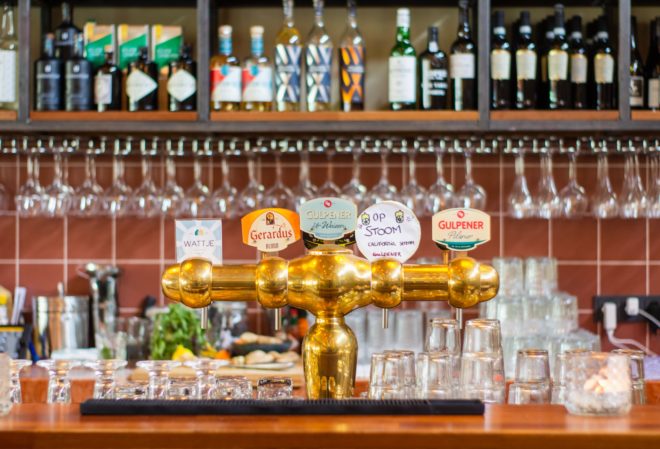Restaurants Outperform Amid Stimulus and Reopening Hopes

From their lowest levels reached during March, publicly traded restaurants have irrefutably outperformed the broad market as of today. Wendy’s has rallied 178% from its lows. Cracker Barrel has rallied 66%. Darden Restaurants — the multi-billion dollar owner of Olive Garden, LongHorn Steakhouse, Cheddar’s, Yard House, Bahama Breeze, and Capital Grille — has rallied a stunning 186%. Del Taco has rallied 112%, giving it good reason to celebrate Cinco de Mayo today.
These figures contrast with a broad market rally of “just” 32% as measured today from the trough of the S&P 500 Index on March 23. The outperformance of restaurant stock prices has some investors scratching their heads. Skeptics believe the recovery will drag well into 2021 and hit restaurants the hardest.
Certainly, the reality for most restaurant owners is not pleasant. Of the estimated 30 million job losses this year, roughly 8 million are attributable to restaurant industry layoffs. The National Restaurant Association forecasts roughly $80 billion in lost revenue. Even when restaurants do fully reopen, many will be subject to limitations like 75% reductions in building occupancy limits, not to mention the loss of consumer confidence which dropped to its lowest level in 60 years.
Counterbalancing this negative outlook for restaurants is the unprecedented stimulus by the federal government. Recall that Congress has approved nearly $3 trillion in coronavirus-related stimulus packages. The Federal Reserve’s balance sheet is projected to expand by almost double that amount: from roughly $4 trillion before COVID-19 to $10 trillion by December.
All of this fiscal stimulus will benefit restaurants directly. First of all, nearly every taxpayer who filed a tax return in 2018 and 2019 has received a $1,200 individual tax-free stimulus payment from the U.S. Treasury. The loss in consumer confidence is real, but this cash infusion will certainly have a positive effect on restaurant food orders, even if only for takeout in most areas.
In addition, restaurant owners applied en masse for two rounds of Paycheck Protection Program (PPP) funds, totaling $659 billion. PPP is a forgivable loan that converts into cash that restaurant owners do not have to repay, as long as they spend most of the funds on payroll and comply with other terms.
Assuming that restaurants will receive 12% of PPP’s total $659 billion, restaurants could receive enough stimulus to effectively erase their “$80 billion in lost revenue” through April 30th. Once all restaurants have received their PPP funds (which are still being distributed this month by the U.S. Small Business Administration), many owners will have minimized actual losses this year.
Moreover, restaurants’ ongoing cash operating losses will be minimized. Most restaurants closed and furloughed most of their staff during the month of April. The reduction in costs will help counterpoise the reduction in revenue. Finally, many states have initiated dining room reopenings, which is also bolstering optimism among restaurant investors.
Bear in mind that the broad estimates discussed above will vary widely on a location-by-location basis. Many restaurants will not survive the COVID-19 crisis. Estimates for permanent restaurant closures this year start at 20% to 25%, with more dire estimates arriving by the day.
Photo by Louis Hansel @shotsoflouis on Unsplash

Leave a Reply